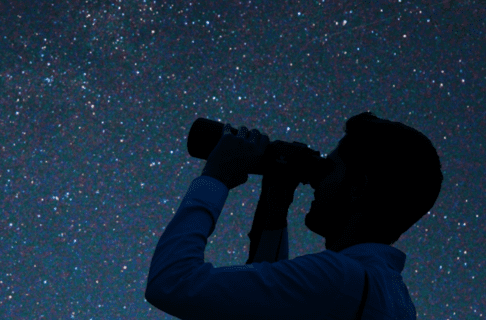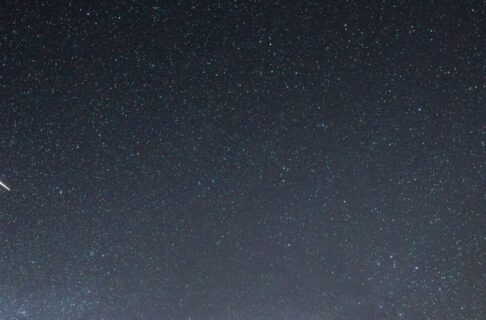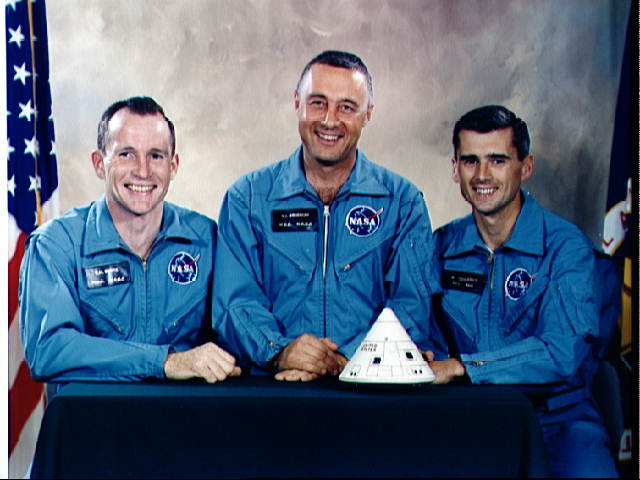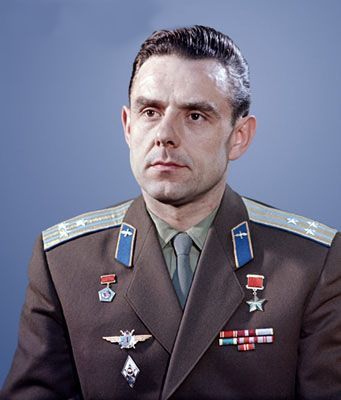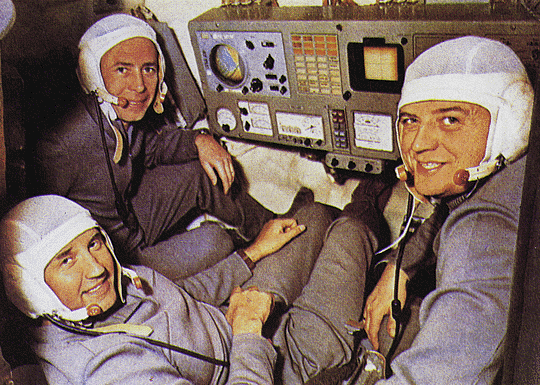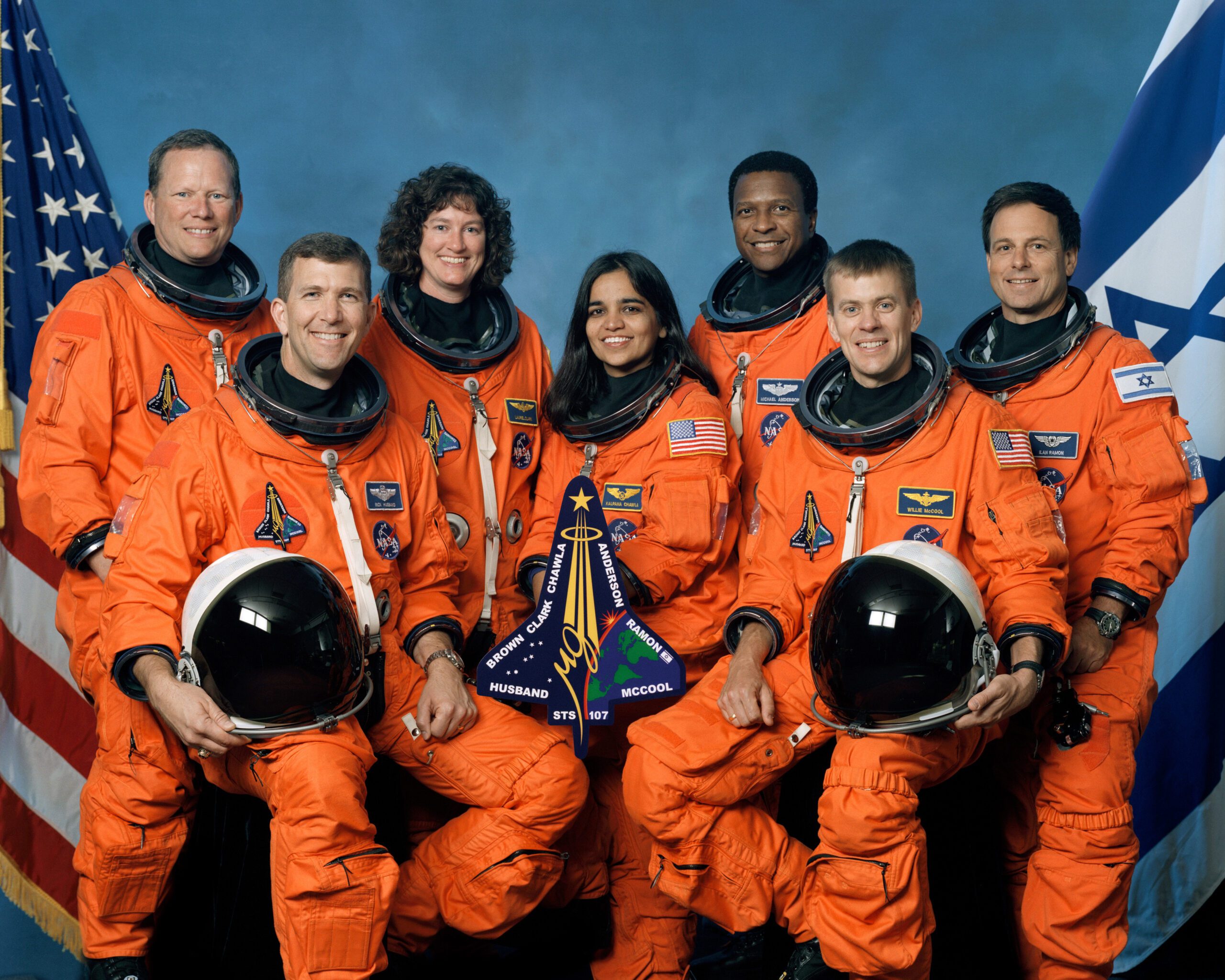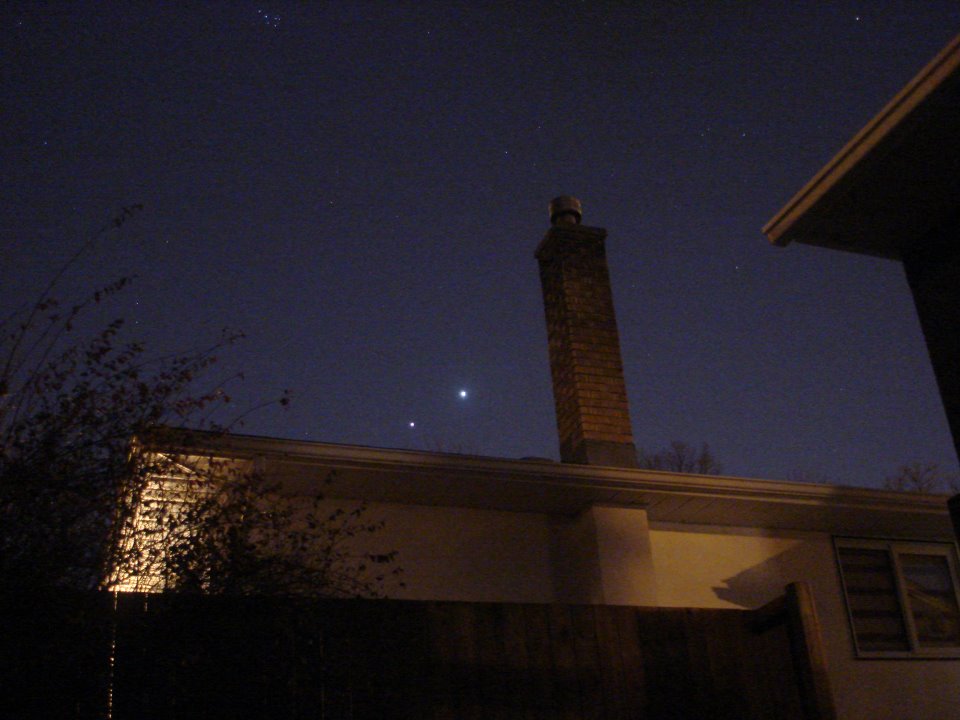Posted on: Thursday September 11, 2014
Update -Friday, Sep 12, 2014: Some minor aurora was visible last night over Manitoba in between patchy clouds, and dim glows were seen as far south as Arizona (but only from dark skies away from city lights). Tonight is likely to be the better view, though. The second and larger of two blobs of stuff from the sun (called coronal mass ejections, or CMEs) is arriving today, which can cause a spike in the visibility of northern lights. The evening sky looks clear tonight for Manitoba, so keep your eyes on the sky!
—
Due to yesterday’s solar flare, tonight (Thursday, Sept. 11, 2014) is a good time to watch for the northern lights. (For a quick summary of the northern lights, visit this link.) The best views are always from outside the city, since any nearby light pollution can wash out the sky and ruin the show. Spaceweather.com is forecasting an 80% chance of strong aurora activity over the next 48 hours, so hopefully the surge in activity will occur while it is dark over Manitoba.
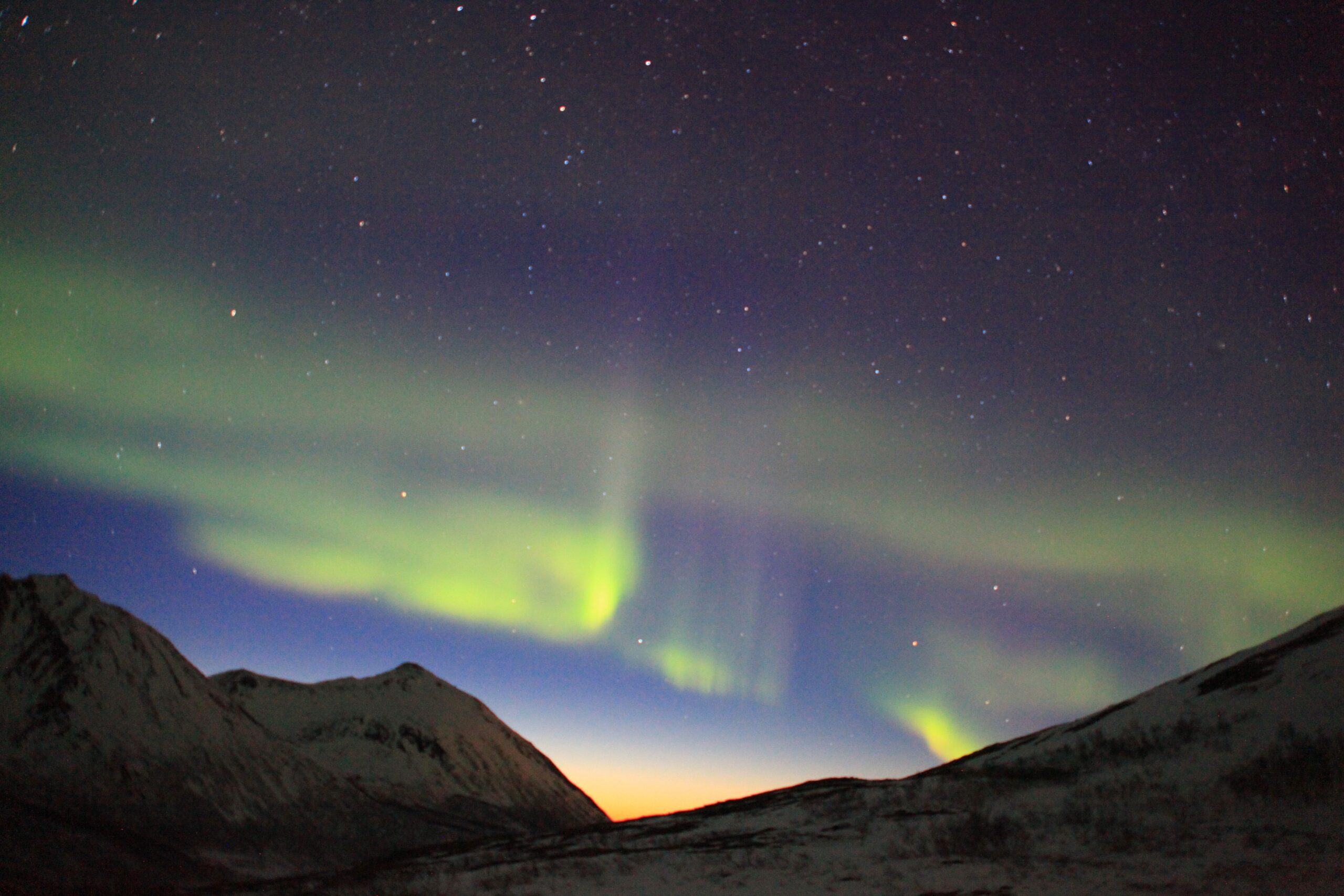
If you have a digital camera, you can take pictures of the northern lights! You need to set your camera manually, though, so go dig out or download the manual. You want to be able to set the camera so that it takes a time exposure of several seconds or more. Usually this is accomplished by setting the camera to “M”, and then adjusting the buttons to change the exposure time (also called shutter speed). Numbers like “1/60” and “1/2” are fractions of a second, so adjust the number until you get numbers like “1.2”, “5”, etc. Those are exposures of 1.2 and 5 seconds, respectively. Ideally, you want to take even longer exposures – my camera can do 15-second exposures without a problem.
Image: A still from the planetarium show “Experience the Aurora”.
Next, you need either a tripod, or another way to keep your camera steady for those 15 seconds. Any movement will blur your picture. Best is a tripod, but if you don’t have one, then zoom your camera out to its widest view, and set the timer that you would use to take a picture of yourself. You can press the button, and then quickly lay the camera on its back so the lens is pointing straight up at the sky, and the shutter won’t go until the timer goes off. Be careful to lay the camera on something soft so you don’t scratch the screen! Some other hints: turn the flash off – it won’t help, and you will blind yourself every time it goes off. (Although, it can light up any foreground objects, such as trees or you, and give you a neat picture.) Try different exposure settings and see what works – every aurora is different, so there is no “right” way to do it. Just take a lot of pictures, and some will turn out. I’d love to see your pictures, and I will share mine as well through the Museum’s Facebook page and on this blog.




